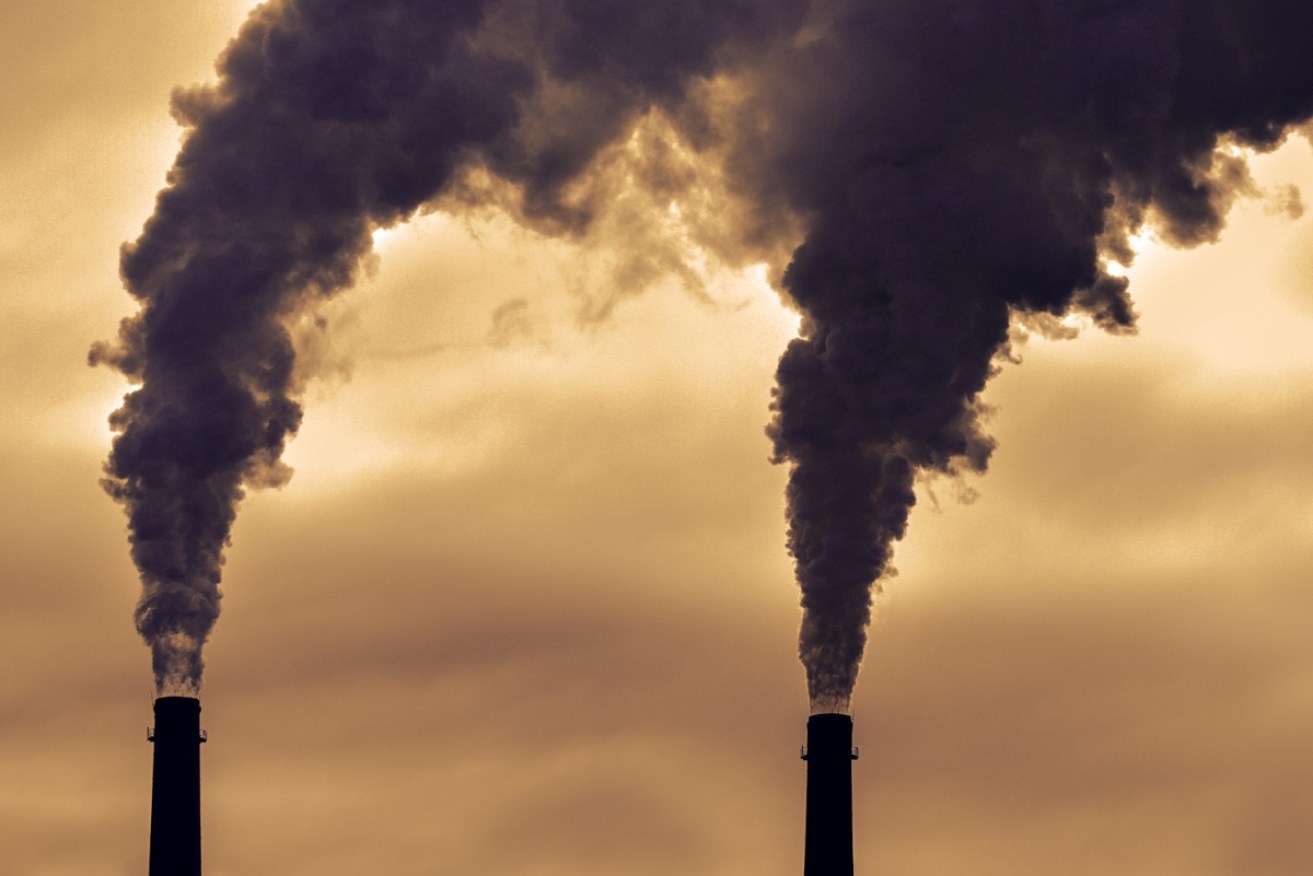Don’t waste tax dollars on ‘worthless’ coal assets


Introduce a Clean Energy Target or invest in coal? The choice is simple. Photo: Getty
The ‘energy crisis’ that may lead to blackouts this summer is not caused by technology, nor even by power companies seeking to maximise profits – it’s due to a flawed energy market left to limp along by equally flawed politicians.
Rather than fix the rules that create that market, the Turnbull government is now looking at using taxpayers’ money to extend the life of the coal-burning Liddell power station in New South Wales.
That’s a terrible idea. The Liddell power station is old technology, and its current owner AGL has known for many years that the cost of maintaining it would eventually outweigh the profit it generates.
It plans to close it in 2022, but the government wants to meet with the company on Monday to see if a buyer can be found to keep it running until 2027.
The plant’s value in 2022 would be close to zero, but the value at the point of sale would be ‘zero plus a government subsidy’ over those five years.
AGL has stated firmly that it doesn’t want to sell it on that basis, because its other generators would then be competing with a subsidised player.
So why would the government pursue that option?
For one thing, the Coalition party room still contains many coal fans, some of whom think the transition to cleaner energy sources is a bad dream that will eventually go away.
Those MPs are standing between Prime Minister Malcolm Turnbull and the sensible, moderate energy policy described in the recent Finkel report.
The plan is to use a Clean Energy Target to help meet Australia’s commitments under the Paris Accord without the electricity grid falling over, or costing the earth.
And yet here we are, with the Clean Energy Target still unable to get a majority in the party room, but the Prime Minister and Energy Minister Josh Frydenberg planning to subsidise an ancient coal plant instead.
You couldn’t make this stuff up.
Price, not capacity, is the problem
One thing voters may have missed amid all this madness is that Australian demand for electricity is “flattening”, as the Australian Energy Market Operator put in its report to the government this week.
Moreover, there is ample generation capacity to meet that flattening demand – even after the recent closure of Victoria’s giant Hazelwood plant, or the 2022 Liddell closure.
The problem is not capacity, but price.
Under the National Energy Market rules, power generators bid to supply power in 30-minute increments – so the ‘spot price’ is actually an average of the supply-demand dynamics within each 30-minute window.
That system penalises the newer technologies, especially the new generation of mega-batteries that can provide short-term cushioning of the grid’s needs.
There are plans to change the ‘spot price’ to a five-minute average, which would mean a large battery of the kind being built by the South Australian government could ‘outbid’ other energy providers when huge demand surges happened.
But until that rule is changed, the companies that would be investing in such technology have to sit on their hands. The change to the five-minute system has now been pushed back to July 2021 at the earliest.
In the meantime, the national energy market is so bad at pricing peak power events that AEMO now wants a kind of second emergency market to operate.
It wants to create a ‘strategic reserve’ – a set of contracts with power generators that could be activated even when the NEM is not sending the ‘switch on your power’ price signal.
AEMO’s report states that to fund such a reserve, “customers would be willing to pay an additional $25m to $50m per annum to avoid … load shedding”.
Damn right. That’s just $1 to $2 per Australian resident to get us through the next summer, which AEMO says will be the low point in energy reliability.
After that, rather than tip in $500 million or $1 billion in subsidies to keep the Liddell plant going – the figure Labor thinks would be required – the Coalition could just get one with implementing its own energy review’s recommendations.
That would accelerate investment in a range of technologies, from renewables to gas peaking plants, to pumped hydro facilities and mega-batteries.
That’s the grid of the future, but it’s being blocked by the dinosaurs of today.








